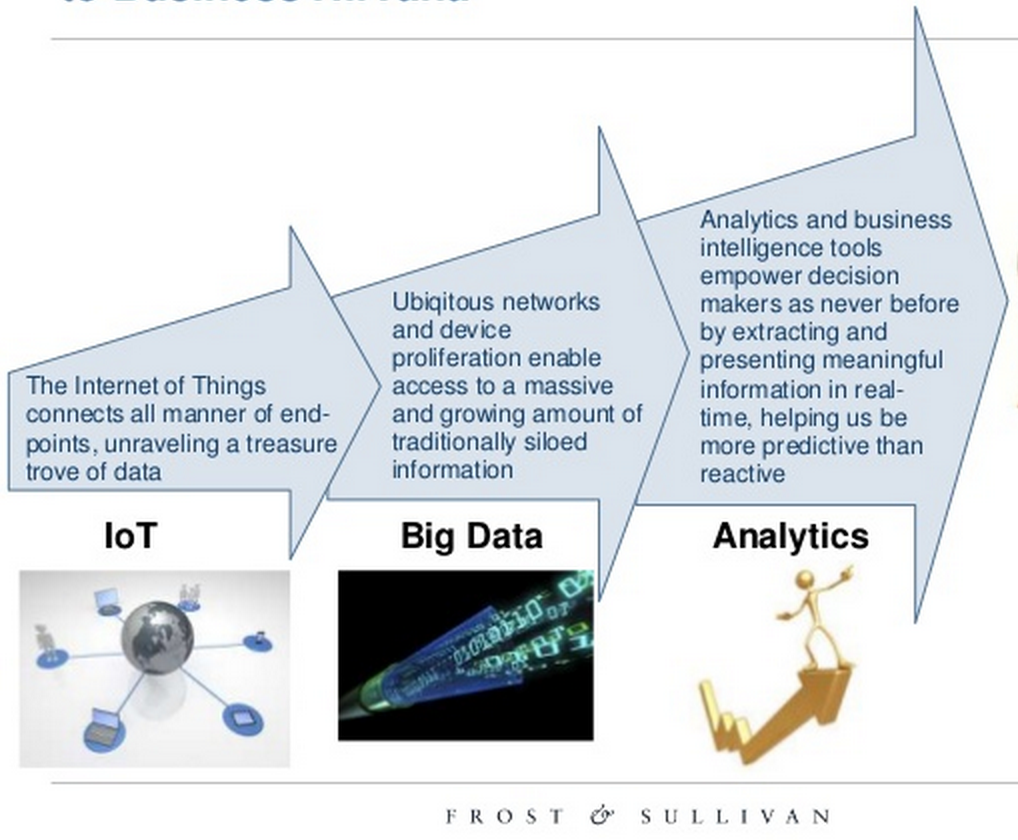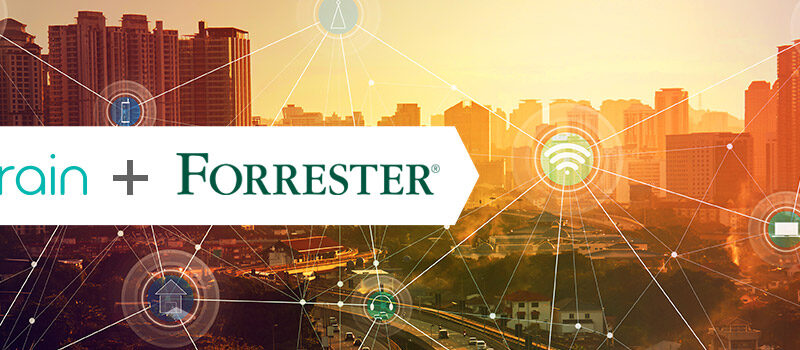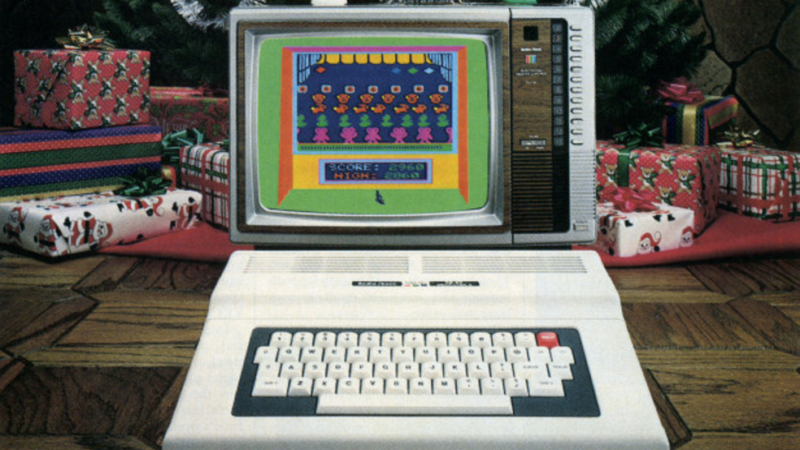IoT is the new Big Data?
My favorite writer, Gil Press, sums it up with, “It’s Official: The Internet Of Things Takes Over Big Data As The Most Hyped Technology” where he talks about how Gartner released its latest Hype Cycle for Emerging Technologies, and how big data has moved down the “trough of disillusionment,” replaced by the Internet of Things at the top of the hype cycle.
The term Internet of Things was coined by the British technologist Kevin Ashton in 1999, to describe a system where the Internet is connected to the physical world via ubiquitous sensors.
Today, the huge amounts of data we are producing and the advances in mobile technologies are bringing the idea of Internet connected devices into our homes and daily lives.
Definition of IoT Has Expanded
Internet of Things was a popular concept dating far back to articles like Scientific American in 2004. RFID and sensor technology enabling computers to observe, identify and understand the world—without the limitations of human-entered data.
However, I think people took it beyond the capture of “physical” events/data. I think Kevin Ashton envisioned a network of things that originally was wholly dependent on human beings for information, and then expanded to involve anything that touched a person (physical or not), passing from machine to machine.
Capturing the behavior of people will require a much broader collection of data beyond just sensor technology…beyond the “physical” – whether that is web server clickstream data, e-commerce transaction data, customer service call logs, search logs, video surveillance, documents, etc. There is much more than “physical” or sensor-only data that involves the customer.
To truly begin understanding the behavior of people, you need to capture data from any touch point, gaining a holistic view of that person. Gaining a 360 degree of your customers, or a 360 degree view of your business by leveraging an environment of structured and unstructured data that can be analyzed….M2M (Machine to Machine) and/or IoT (Internet of Things) involving physical devices becomes a subset of the data sources available to such a project.
Is IoT a subset of Big Data or Visa Versa?
I was talking to the head of Big Data & Analytics at SAP (a peer to CSC’s Big Data & Analytics), David Parker, regarding IOT vs. Big Data. Their management has established a new IOT business unit, which I guaranteed David, would be addressing similar business use cases as his Big Data team at the end of the day.
Last year Mukul Krishna, from Frost & Sullivan, presented a simple incremental view of how IoT feeds Big Data which then feeds a broader analytic platform. Think of IoT as a bunch of customized data sources (typically machines and sensors) leveraging customized collectors that feed a comprehensive platform (e.g. Hadoop vendors like Cloudera and Hortonworks) which, in turn, allow us to feed downstream analytic, BI, and visualization platforms.
Are Sensors the Core of IoT?
A sensor is technically any device which converts one form of energy to another form, the end usually being an electrical form mainly for measurement, control or monitoring purposes.
Take a typical temperature sensor like a gas pressure based tube sensor which expands or contracts to convert the temperature into a mechanical motion which can be displayed, recorded or used for control as required. Translation….I just described a thermostat as used in a refrigerator.
The raw electrical signal from a physical sensor is usually in analog form, and can be conveniently processed further and displayed on a meter or other suitable indication device or recorded on paper or other media such as magnetic tape or more advanced digital systems as required.
The sensor is typically classified as per its application and there could be many different types of sensors, with their own inherent advantages or disadvantages for a particular application. Putting it simply, the sensor generates an output which can be conveniently displayed, recorded or used to control or monitor the application at the point where the sensor is installed.
What’s so special about sensors? You can translate the analog physical world into a digital computer world. We convert the sensor’s analog signals into digital signals so that the computer can be able to read it, and then we feed that with other digital signals into a Big Data platform.
“Technologies that operate upon the physical world are a key component of the digital business opportunity.” as described by Gartner. Many of these “physical sensor technologies” may be new to IT, but they are expected to be high impact and even transformational.
I think IoT requires a lot of talent on the many types of physical sensors and how they are ultimately converted into a form that the emerging Big Data platforms can consume and analyze.
IoT needs a Big Data Platform
Getting your plants or your fridge to talk to you through sensors is one thing. Getting your plants to talk to your heating system is quite another. As we map the spread of IoT, it starts to get more complicated and barriers appear with a centralized big data analytics platform, or lack thereof, likely to halt progress.
Jeff Hagins Founder and CTO of SmartThings, described the data platform he has been working on that should help expand IoT and help product designers work out new ways of connecting machines and people.
He believes that the Internet of Things has to be built on a platform that is easy, intelligent and open. I argue that the evolving Big Data platforms introduced by the web scale giants like Google, Yahoo!, Linkedin, Twitter, Facebook and the like will become a standard for IoT-based applications….and IoT is just that, a set of specialized sensor connectors or sources coupled with a Big Data platform that enables a new generation of applications.
The blurring the physical and virtual worlds are strong concepts in this point. Physical assets become digitalized and become equal factors in understanding and managing the business value chain alongside already-digital entities, such as enterprise data warehouses, emerging big data systems and next-generation applications.
What do you think?
A few companies in the IoT space:
A few interesting videos to watch





